We Always Thought This Dinosaur Was a Vegetarian, Then We Found Its Front Teeth
A sharp surprise from Montana’s Hell Creek.
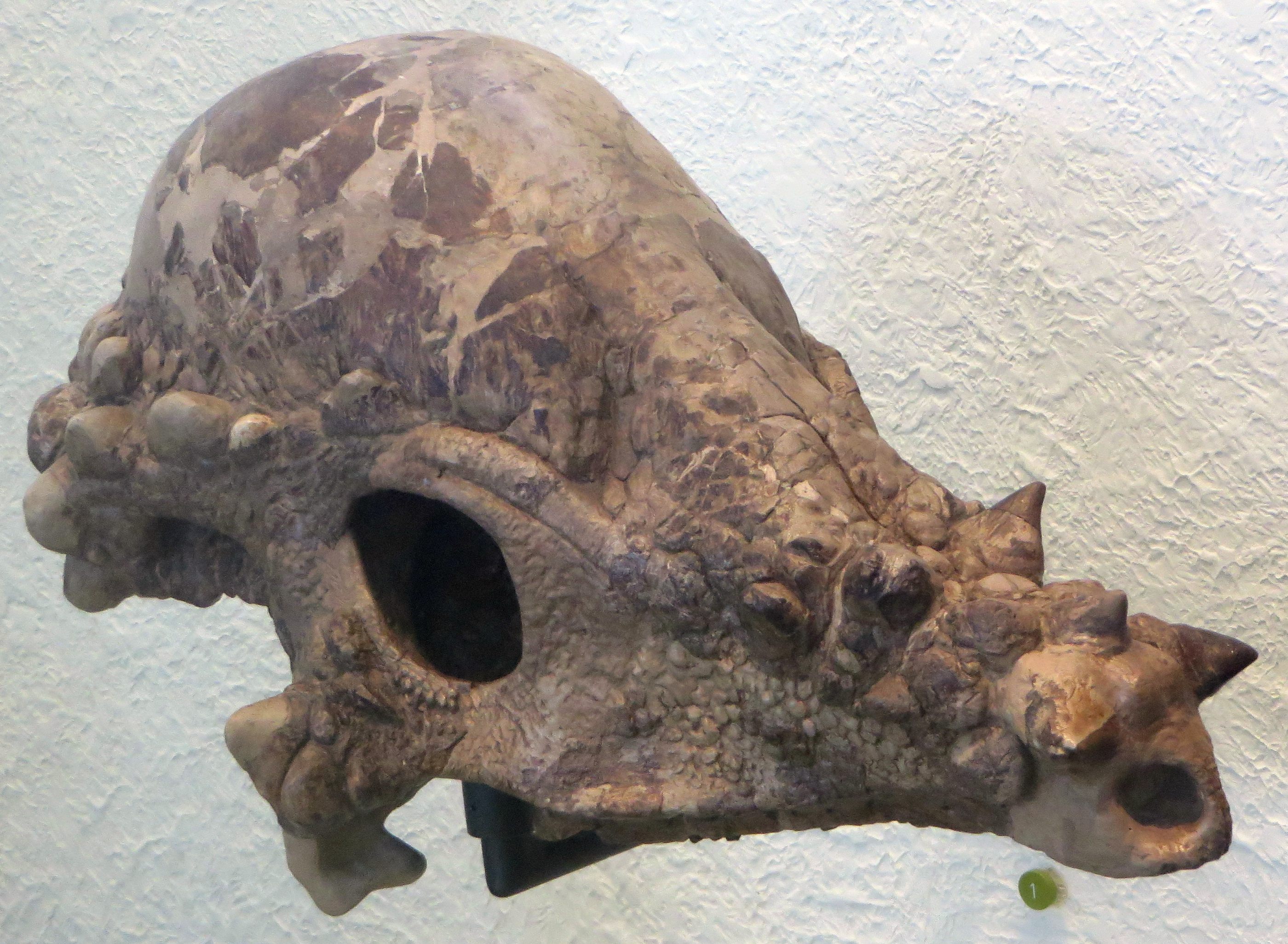
Until this week, Pachycephalosaurus seemed like a friendly neighborhood herbivore. The scariest thing about these dinosaurs, which have been frequently depicted placidly munching on greenery, was the unique architecture of their skulls: domed, sloping, pointy around the edges, and 10 inches thick. They might have butted heads, but that didn’t make them seem dangerous, exactly.
But now, new research presented at a Society of Vertebrate Paleontology conference in Albuquerque, New Mexico, raises the specter that Pachycephalosaurus was a different beast entirely, reports National Geographic. Paleontologists always surmised, on the basis of the fossils’ dull, wide back teeth, that they only ate plants, but it now seems that the fronts of those jaws would have been adept at shredding a prehistoric steak.
Mark Goodwin of the University of California’s Museum of Paleontology and David Evans of Toronto’s Royal Ontario Museum presented the findings, based on an unusually intact skull containing the first-known fossil of Pachycephalosaurus’ front jaw. The flat teeth in back and sharp teeth up front—not unlike our own dental division of labor—suggest an omnivorous diet.
The skull was discovered in eastern Montana’s Hell Creek Formation, a dinosaur hotspot that has yielded many a major find over the years. The skull dates back to between 66 and 68 million years ago, just at the tail end of the reign of the dinosaurs, and it belonged to a juvenile. Goodwin also proposed not long ago that Stygimoloch and Dracorex—previously thought to be distinct species—are actually just Pachycephalosaurus at different stages of life. It’s clear our understanding of these unusual creatures is going to continue to evolve.
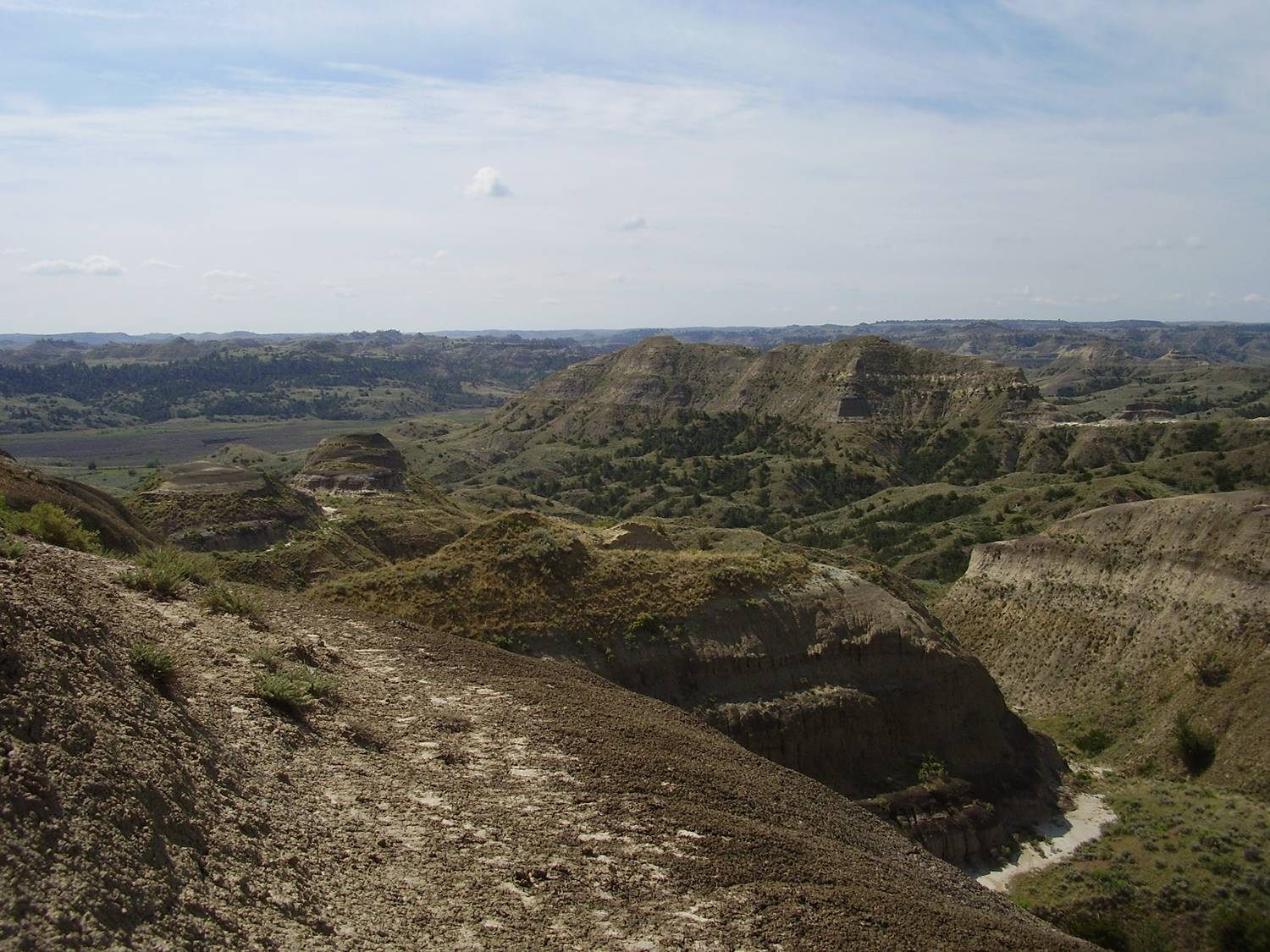
Philip Currie, a paleobiologist at the University of Alberta who attended the Albuquerque conference, said he’s not sure what evolutionary role this dentally bipolar jaw might have played. It would help to know what Pachycephalosaurus was actually eating, which might be determined by studying carbon isotopes in the tooth enamel, or comparing the newfound teeth to bite marks on other Hell Creek fossils, National Geographic explains.
Whatever comes of it, the find is another example of how hard it is to understand animals that haven’t walked the Earth in tens of millions of years—even when we think we have a good handle on them. “If I found one of them [the teeth] isolated, I would swear it belonged to a theropod,” a generally carnivorous suborder of dinosaurs, said University of Edinburgh’s Stephen Brusatte in an email. “My jaws opened pretty wide when I saw.”
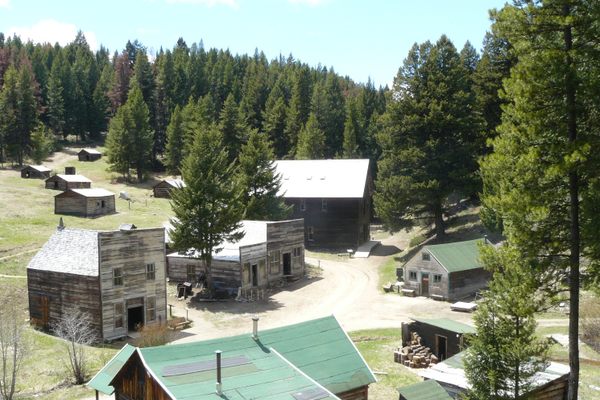


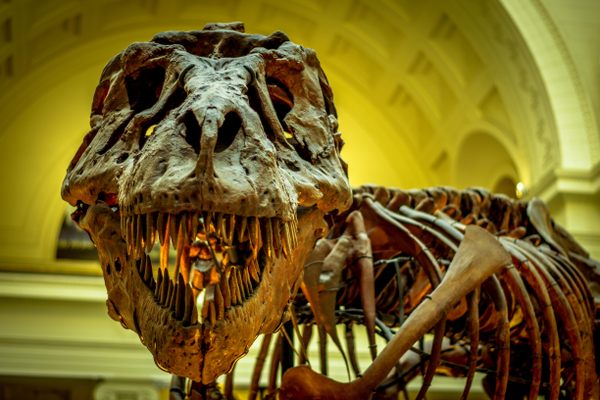

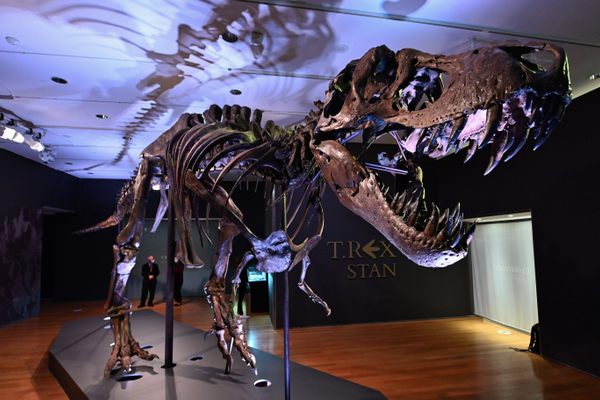













Follow us on Twitter to get the latest on the world's hidden wonders.
Like us on Facebook to get the latest on the world's hidden wonders.
Follow us on Twitter Like us on Facebook